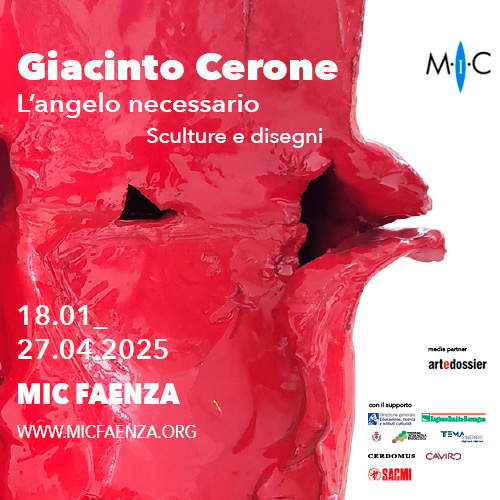Ferrara, students protagonists of the excavation of the ancient Este delight. Phase two kicks off in September
In September, phase two of Che delizia, Belfiore! a project of participatory archaeology by schools and volunteers of the Ferrara Archaeological Group, supported with about 40,000 euros by the Ferrara Municipal Administration: a new excavation campaign will thus be launched on the traces of theancient Este delizia that was located north of the city (initially outside the medieval walls then incorporated into the Herculean addition), before disappearing from the city plans in the first half of the 17th century, probably due to thefire of 1632.
Meanwhile, the project was presented yesterday at the Municipal Palace. An underground ’basin’ filled with materials dating back to the 16th century, ceramics, the ’blackened’ bricks that testify to the destruction produced by the Ferrara War or Salt War (1482): these are just some of the discoveries to which the project is leading.
Welcoming the students was Councillor Dorota Kusiak, who spoke of a “cross-cutting, wide-ranging project, a model for involvement and effectiveness.” The focus of the meeting was the interventions of the students themselves, who in the past months have been working in the area between the current Orlando Furioso and Giacomo Leopardi streets, carrying out excavations, surveys, class work, and in-depth studies of the finds.
“The underlying theme we have developed is the relationship with the roots, the link with Ferrara and its territory, to strengthen the awareness of the beauty of the area and to deepen the knowledge of the delizia of Belfiore, which unfortunately disappeared. We learned how an archaeologist works, between documentation, removal and cleaning,” they said. At their side were archaeologists Maurizio Molinari, Flavia Amato and Marco Bruni, coordinated by Dr. Chiara Guarnieri of the Superintendency. Guarnieri herself pointed out that, of the two excavation essays carried out, the northernmost one brought out the remains of Belfiore during the Salt War. “Indeed, fire-scarred bricks emerged. On these remains our research confirmed that the delizia was rebuilt. Finding the remains was exciting.”
On the other hand, the other essay unearthed the remains of Ca’ Belfiore, a 19th-century house in the ancient countryside, as well as a trench, the focus of ongoing in-depth investigations. Also, fragments of frescoes, remains of plaster. A ’butto’ was also found here, with materials from the mid-sixteenth century of great fascination and valuable evidence.
“In September,” Guarnieri announced, “we would like to enlarge a part of essays 1 and 2, again with the involvement of students.”
Professor Stefania Borini, for the Ariosto High School, emphasized the “multidisciplinary approach” that, together with “the integrated contribution of different disciplines,” “the use of a scientific method,” and “teamwork” united different values in a single initiative.
“A great synergy, between schools, institutions, organizations, associations and professionals will allow a piece of history to be brought to light. This is an example of how one can work in civil society, even beyond the school curriculum,” stressed instead teacher Giorgio Rizzoni of Roiti High School.
Participating in the project, along with the municipality, the Gaf and the Superintendence, are the Province of Ferrara, which is guaranteeing the authorizations for excavations on its own land and its patronage, and the Ferrara Pianura Reclamation Consortium, which has built the fencing of the area.
 |
| Ferrara, students protagonists of the excavation of the ancient Este delight. Phase two kicks off in September |
Warning: the translation into English of the original Italian article was created using automatic tools. We undertake to review all articles, but we do not guarantee the total absence of inaccuracies in the translation due to the program. You can find the original by clicking on the ITA button. If you find any mistake,please contact us.





























